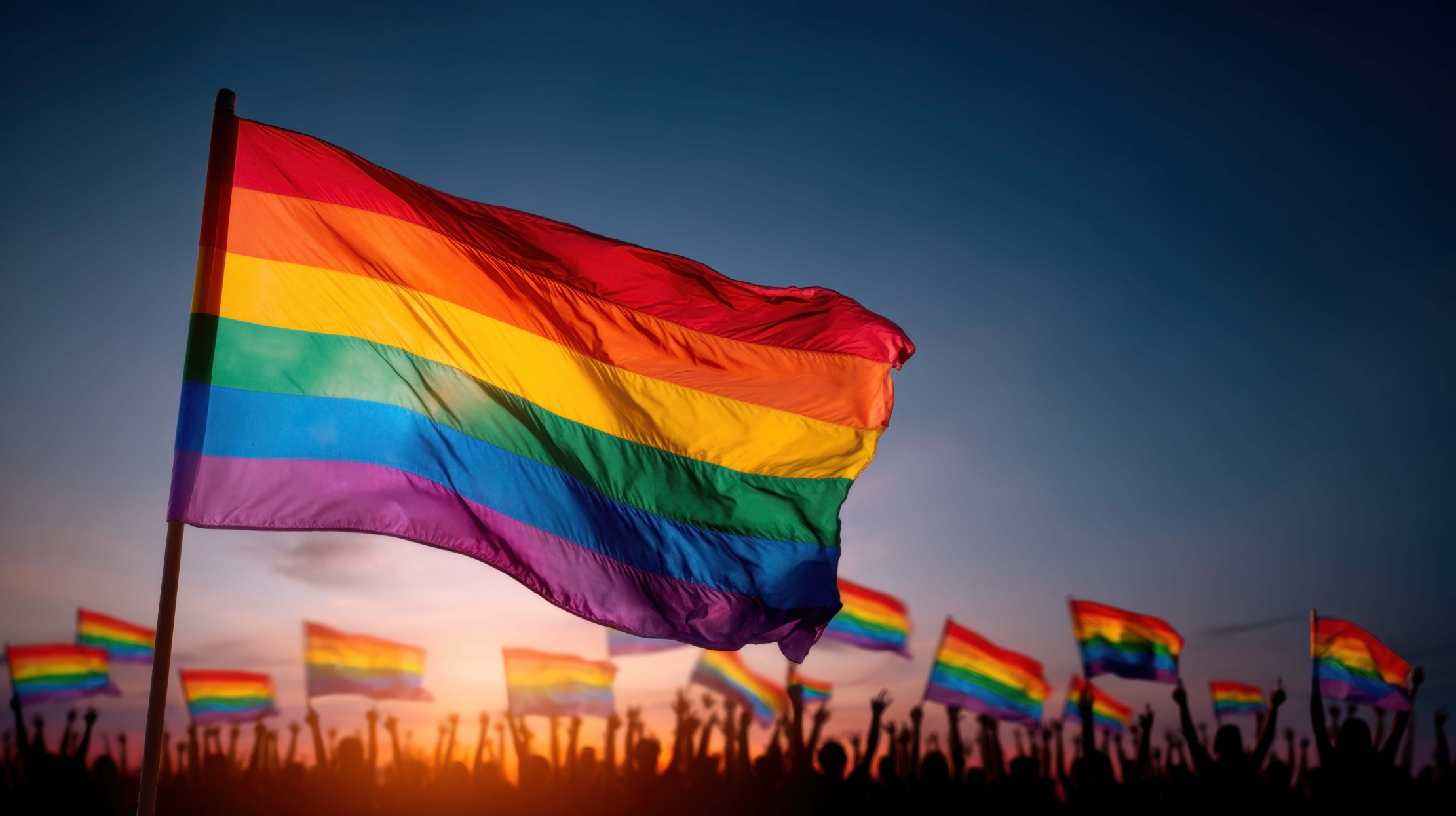Return of Baird’s Tapir: Blessing or Omen? | Dr LaRoy Brandt – Maggie Singleton
Original Article Reference
This SciPod is a summary of ‘Record of Baird’s tapir Tapirus bairdii at the La Suerte Biological Field Station in the Caribbean lowlands of Costa Rica’, in PeerJ Preprints. doi.org/10.7287/peerj.preprints.27128v1
About this episode
The destruction of jungle and forest habitats is a serious issue threatening species across the globe. Dr LaRoy Brandt and Maggie Singleton of Lincoln Memorial University studied one such threatened species, Baird’s tapir, in Costa Rica. By identifying the tapir’s tracks and deploying remote trail cameras, the team caught rare glimpses of this threatened species, indicating a return of the native population and an increase in their numbers. The question is, however, is this increase a sign of improving habitats or a result of less favourable forces at play?
This work is licensed under a Creative Commons Attribution 4.0 International License. 
What does this mean?
Share: You can copy and redistribute the material in any medium or format
Adapt: You can change, and build upon the material for any purpose, even commercially.
Credit: You must give appropriate credit, provide a link to the license, and indicate if changes were made.
More episodes
Dr. Adam W. Carrico | Biobehavioral Approaches to HIV Prevention and Treatment in Sexual Minority Men Who Use Stimulants
Research from Dr. Adam W. Carrico at the Florida International University, and his colleagues, explores innovative approaches to address HIV prevention and treatment challenges among sexual minority men who use stimulants. Three interconnected studies examine how behavioral interventions can reduce HIV viral load, alter gene expression in immune cells, and increase the use of preventive medication in this high-priority population. Collectively, these randomized controlled trials provide compelling evidence of the potential of behavioral interventions to improve health behaviors and outcomes.
Dr Maysa Falah – Dr Michael Dillon | Threats in the medicine cabinet? What Jordan’s struggle with fake medicines reveals about a global crisis
When we reach into a medicine cabinet we aim to find something to relieve our symptoms and treat our ailments. This could be a painkiller for a headache, an antibiotic for an infection, or insulin for diabetes. Typically, we assume that what’s inside that blister pack, bottle or vial is real, safe, and effective. But what if it’s not, and not only may it be ineffective at relieving our symptoms, but it could even cause harm? That unsettling question is at the heart of a groundbreaking new study from the University of Plymouth. Led by Dr Maysa Falah and Dr Michael Dillon, the research team explored an underreported problem that quietly afflicts health systems worldwide: substandard and falsified medicines, or SF medicines for short. Through their research in Jordan, they offer a glimpse into how widespread and misunderstood the issue truly is, not just among the public, but also in pharmacies and clinics, revealing both the prevalence of poor-quality medicines and the deep uncertainty around what we trust to put in our bodies.
Dr. Bernhard Reinsberg – Dr. Christoph Valentin Steinert | How Human Rights Laws and Economic Competitiveness Can Co-Exist
Research from Dr. Bernhard Reinsberg at the University of Glasgow and Dr. Christoph Valentin Steinert at the University of Zurich reveals how France’s groundbreaking mandatory due diligence law defied business predictions of economic harm. Through analysis of 11,504 French companies over fifteen years, their study demonstrates that requiring firms to monitor human rights and environmental standards in their supply chains had no significant impact on profitability. Their findings challenge widespread industry claims that such regulations threaten competitiveness and provide crucial evidence for policymakers considering similar legislation worldwide.
Alexander Nielsen | The Unintended Impacts of Training Walls and Groynes
Training walls and entrance breakwaters have long been used to keep estuary entrances clear of shoals that threaten boat navigation and increase flood risks for nearby communities. But new research by Alexander Nielsen of Worley Consulting and coastal engineer Angus Gordon reveals that these structures may be causing long-term damage. Their study uncovers how engineered inlets are reshaping the flow of water through estuaries, disrupting wetland ecosystems and triggering costly maintenance challenges.
Increase the impact of your research
• Good science communication helps people make informed decisions and motivates them to take appropriate and affirmative action.
• Good science communication encourages everyday people to be scientifically literate so that they can analyse the integrity and legitimacy of information.
• Good science communication encourages people into STEM-related fields of study and employment.
• Good public science communication fosters a community around research that includes both members of the public, policymakers and scientists.
• In a recent survey, 75% of people suggested they would prefer to listen to an interesting story than read it.

Step 1 Upload your science paper
Step 2 SciPod script written
Step 3 Voice audio recorded
Step 4 SciPod published




